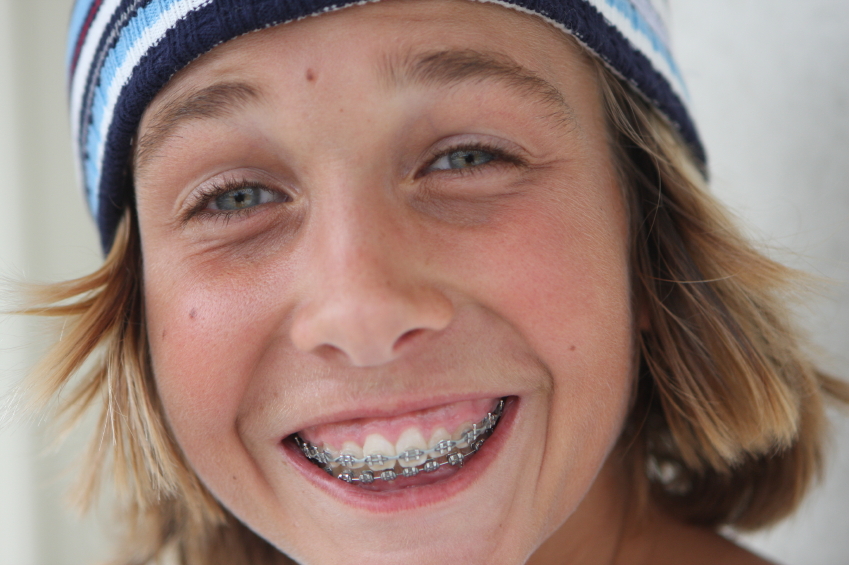My daughter is 12 years old and has straight top teeth. The bottom teeth are only slightly crooked, however at my daughter’s last check-up the dentist recommended that we see a specialist orthodontist to discuss orthodontic treatment. A couple of parents at school are questioning why I am taking her for a consultation. Why would our dentist be sending us to see the orthodontist when my daughter’s teeth look fine as they are?
Orthodontic treatment is about more than just straight teeth and a beautiful smile. Orthodontic treatment aims to give the patient an excellent occlusion (the way the teeth bite together), so that the teeth and jaws function properly (for speech, eating, etc) but also do not wear down prematurely, which can cause many dental problems later in life. Of course, if your child is undertaking orthodontic treatment, you would also expect them to have a wonderful smile at the end of treatment!
Your daughter may have a deep bite, which is a greater than normal vertical overlap of the bottom teeth by the top teeth. This can cause premature wearing down of the teeth or permanent damage to the gum behind the top front teeth. Once the teeth are worn, or the gum is damaged, this is permanent, and may be difficult to remedy with your dentist.
Despite your daughter’s top teeth being straight, they could also be protruded (or more forward than normal) relative to the lower teeth. Statistics show that children and teenagers with protruding top teeth are more likely to experience trauma to these teeth, resulting in pain as well as lengthy and expensive dental treatment to fix the damage. Sometimes teeth can actually be knocked out and lost permanently. It is not always possible to achieve an ideal cosmetic result with remedial dental treatment such as bridges and implants.
Crossbites may also be present toward the back of your daughter’s mouth. This means that one or more of the top teeth are biting on the inside of the lower teeth, instead of the other way around. Not only can crossbites cause wearing down of the teeth, but they are also often associated with facial asymmetry (the appearance of a crooked face).
Even though you mention that your daughter’s bottom teeth are only slightly crooked, crowding (or crossing over of the teeth) tends to become worse with time, often accelerating during the late teens and early twenties. As we age, our lips tend to drop, so that with maturity, we tend to show more lower teeth than upper teeth. So even on purely cosmetic grounds, if the crowding of your daughter’s lower teeth is likely to become worse with time, it would be better to have them straightened now (and then kept straight in the long term with retainers).
Furthermore, teeth tend to move more quickly and efficiently in adolescents than they do in adults, as orthodontic tooth movement relies on bone metabolism. (It is still possible to move teeth in adults, although more slowly). During puberty or the adolescent growth spurt, the body’s metabolism is very fast, which tends to result in optimum tooth movement and treatment.
So although at first glance your daughter’s teeth look fine, leading you or others to think that orthodontic treatment is unnecessary, there may be very important reasons for your daughter to have an orthodontic consultation. This way, she can be equipped with a healthy functioning bite, resulting in teeth that last a lifetime, to go with her beautiful smile.


Recent Comments